
MA Art & Ecology
Goldsmiths, University of London
2024-2025
“How to give words that might refuse the
hegemonic sense of what
chemicals and life are,
that might be adequate to confronting the
ubiquitous condition of chemically altered
living-being,
a condition that is shared, but unevenly so,
and which divides us as much as binds us,
a condition that enacts and extends colonialism
and racism into
the intergenerational future?”
In my Masters research at Goldsmiths I have been exploring our relationship to breath, atmosphere and air pollution and how it entangles us with the places we inhabit. Through fieldwork in North East London, where I grew up, I have created foraged urban pigments from particulate matter and the urban trees which filter our air. Large-scale paintings of natural and toxic dyes depict the exchanges we have between the nonhuman, the toxic and the atmosphere. Asking us to sense the air, our breath, and to attune to what it contains. To think outside of our porous borders and what it means to be atmospherically reliant on a polluted world?

“De-in-visibilizing air requires us to re-materialize it, re-socialize it, re-politicize it, re-imagine it.”
Nerea Calvillo, Aeropolis, (Calvillo, 2023, p. 26)
Why is this important?
99% of the global population breathe air that exceeds World Health Organization limits (World Health Organization, n.d.) making air pollution the largest environmental hazard to human health worldwide (Lancet, 2024, p. 2162).
While a universal threat, the levels of harm are unevenly distributed. It is those who contribute the least, the racialised, gendered and poor bear the brunt of aerosol dumping (Clean Air Fund; Calvillo, 2023). Studies in London show that schools with a higher population of Black, Asian and Minority Ethnic children are exposed to worse air quality. And globally, “children under five who live in a lower income country are 60 times more likely to die from air pollution” (Clean Air Fund, n.d.).
To breathe is to embody, exchange, metabolise, become, the nonhuman world around you.
To breathe is to engage with our wider relations and our polluted atmospheres.
To breathe is to locate and nonlocate, to become altered by your immediate environment and participate in planetary respiration.
Through focusing on air, we can find other ways to sense the invisible, to connect to bodies outside of our own, and to recognise the toxic violences Land and bodies endure.


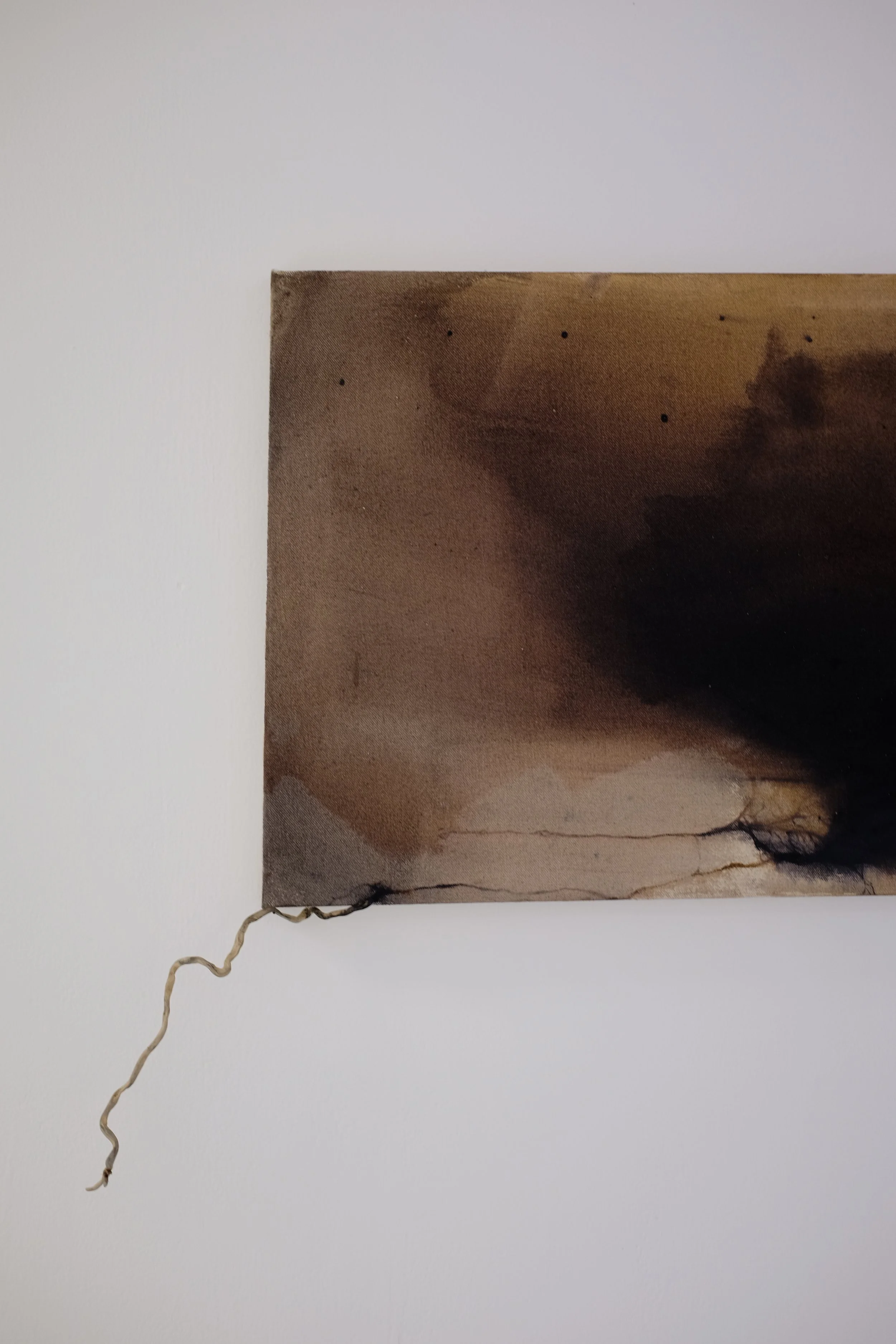
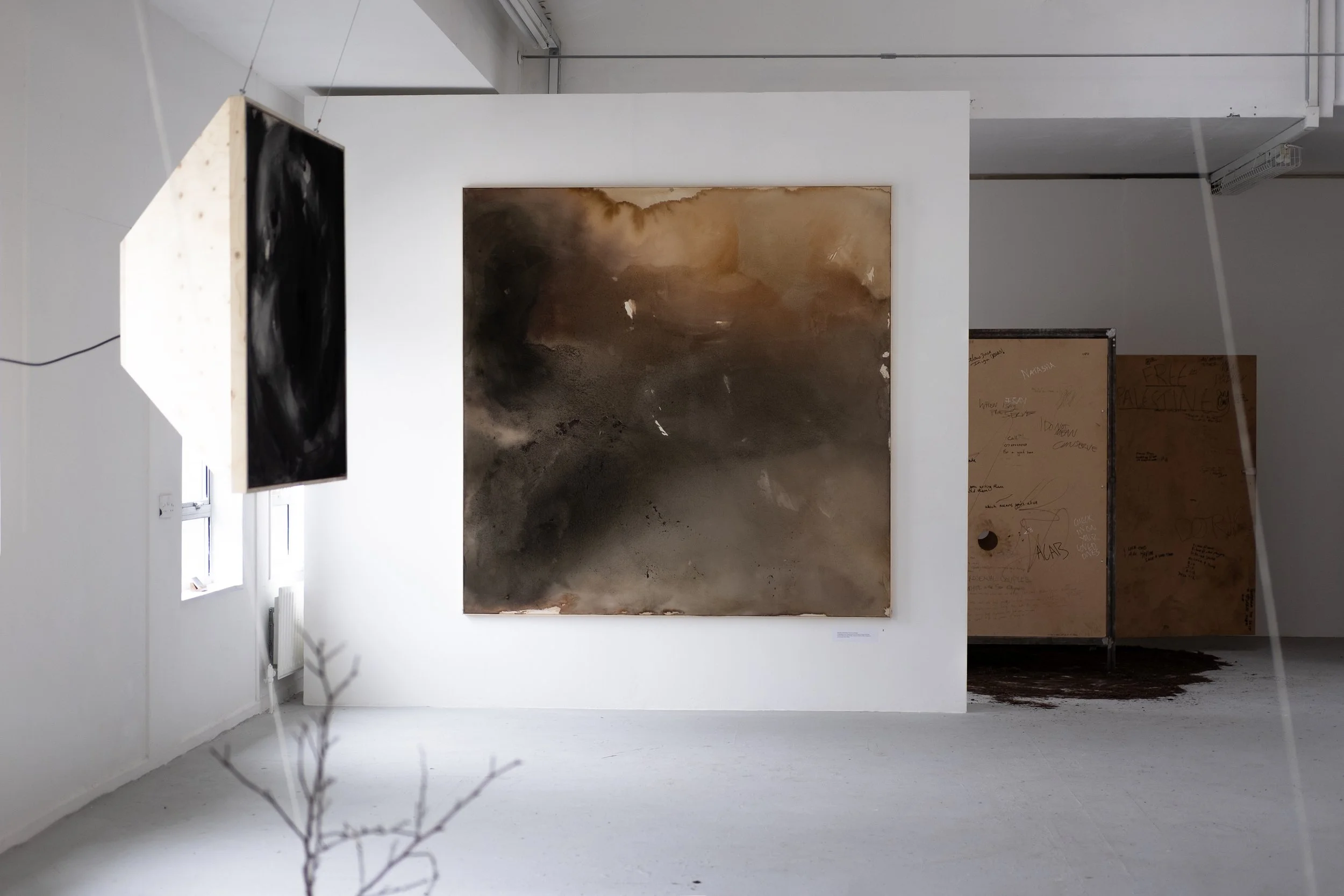


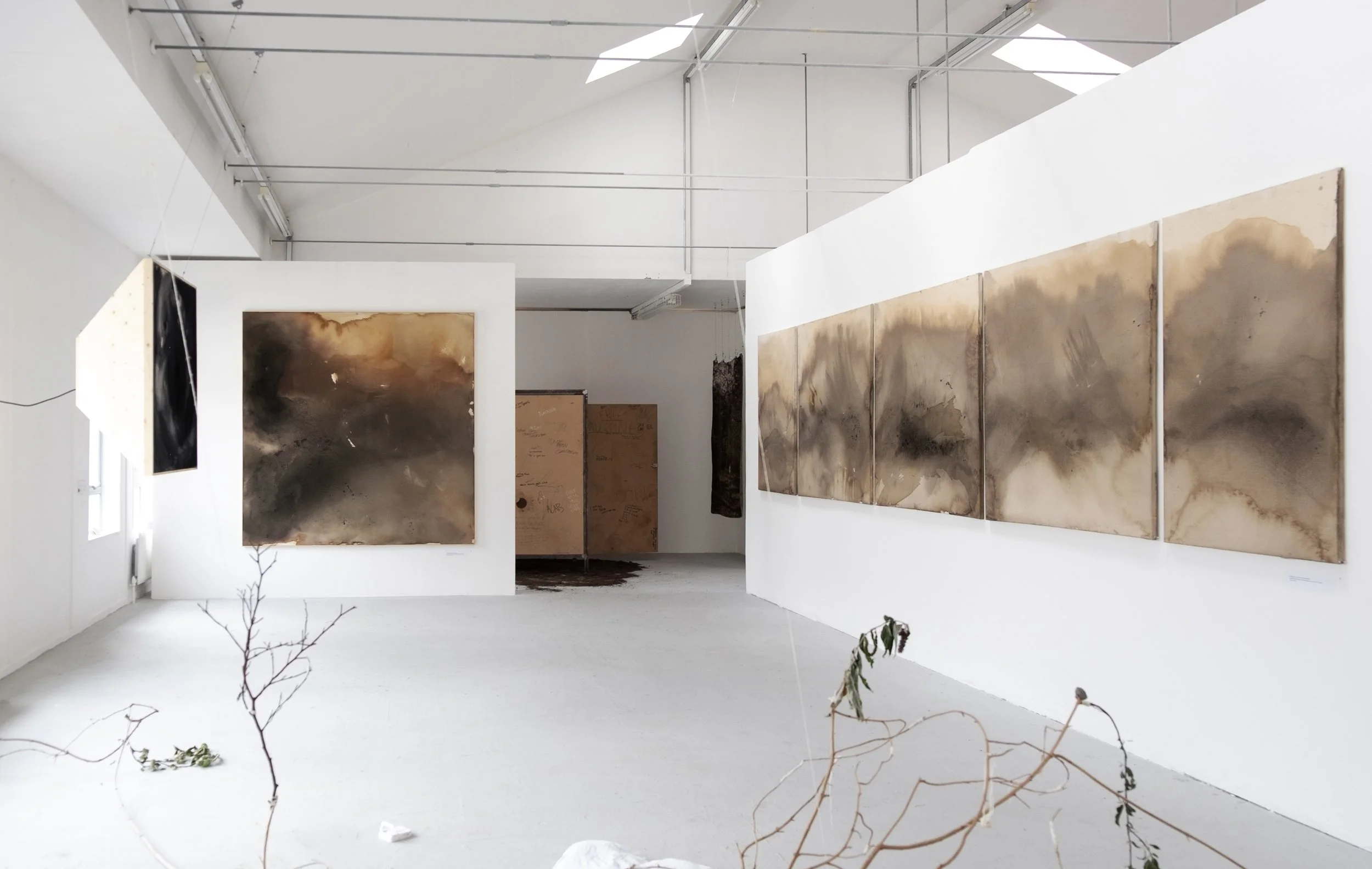


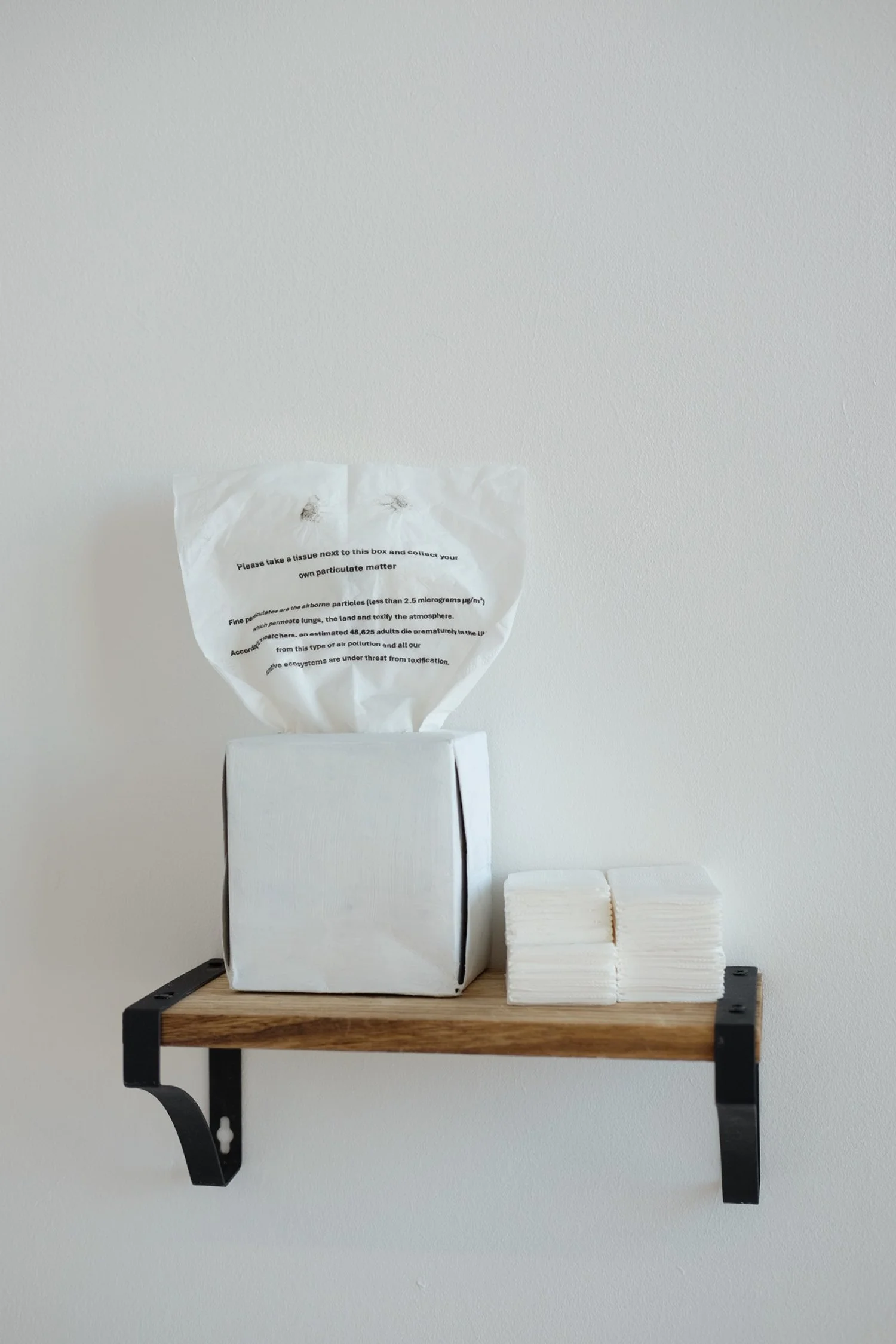

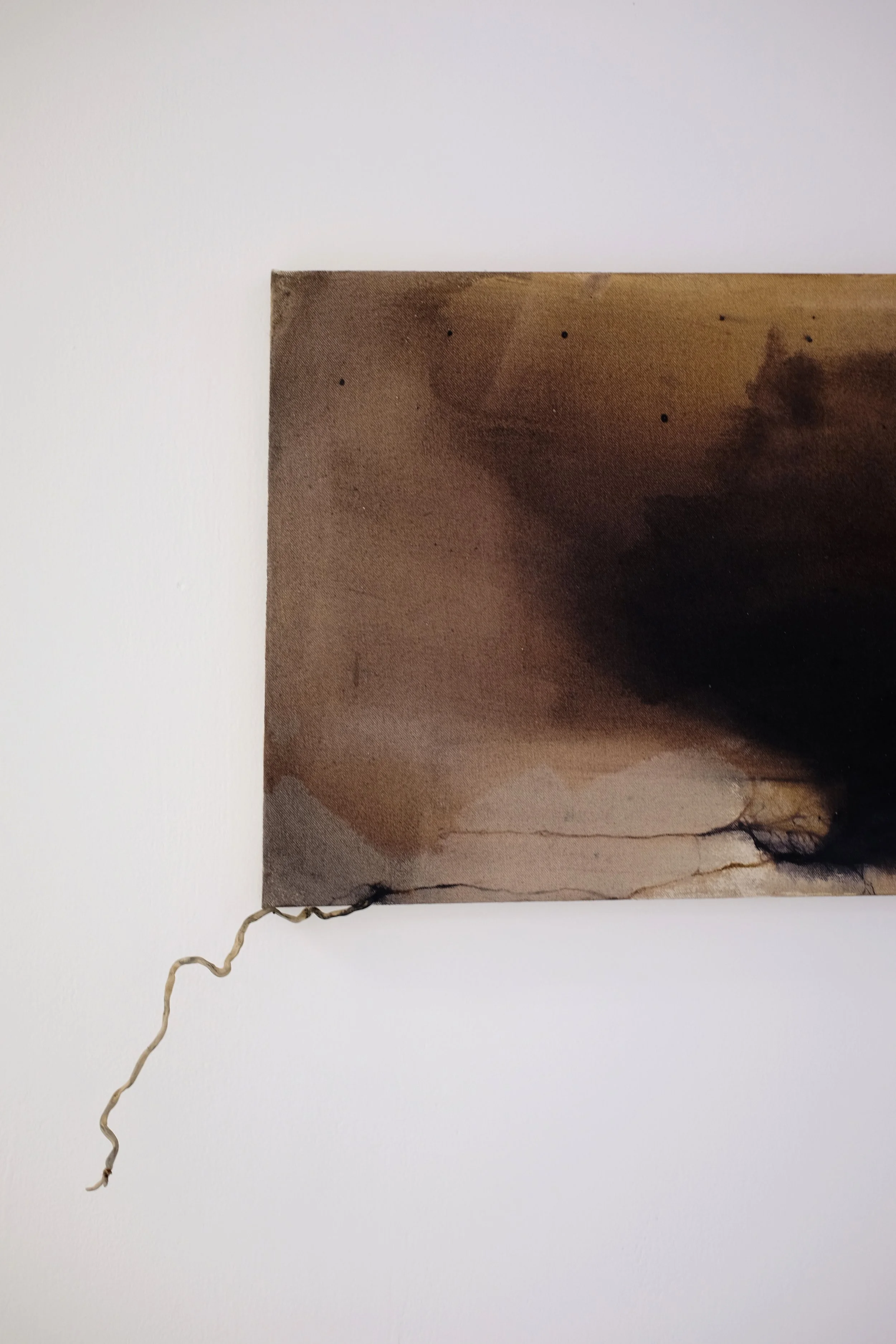


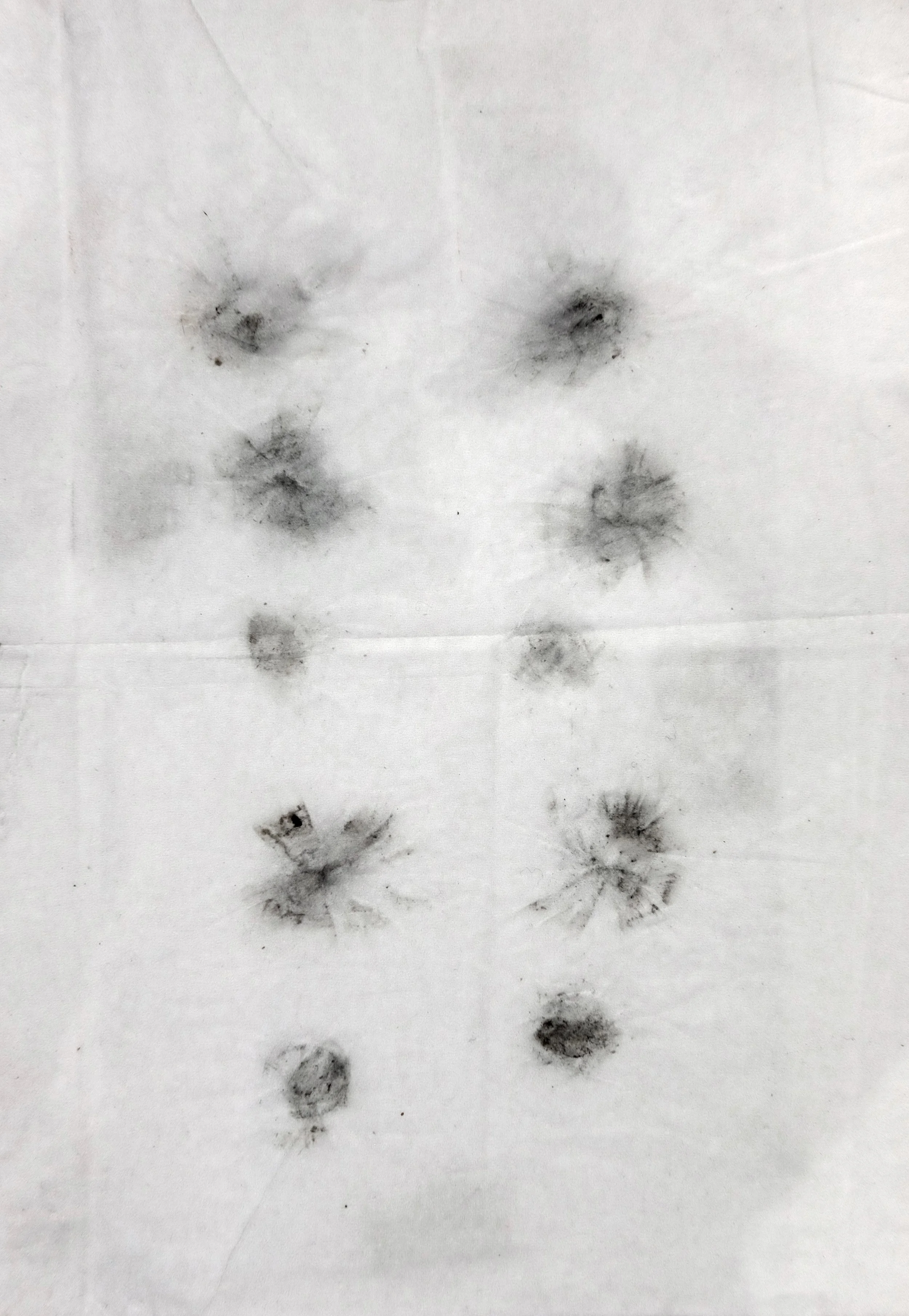


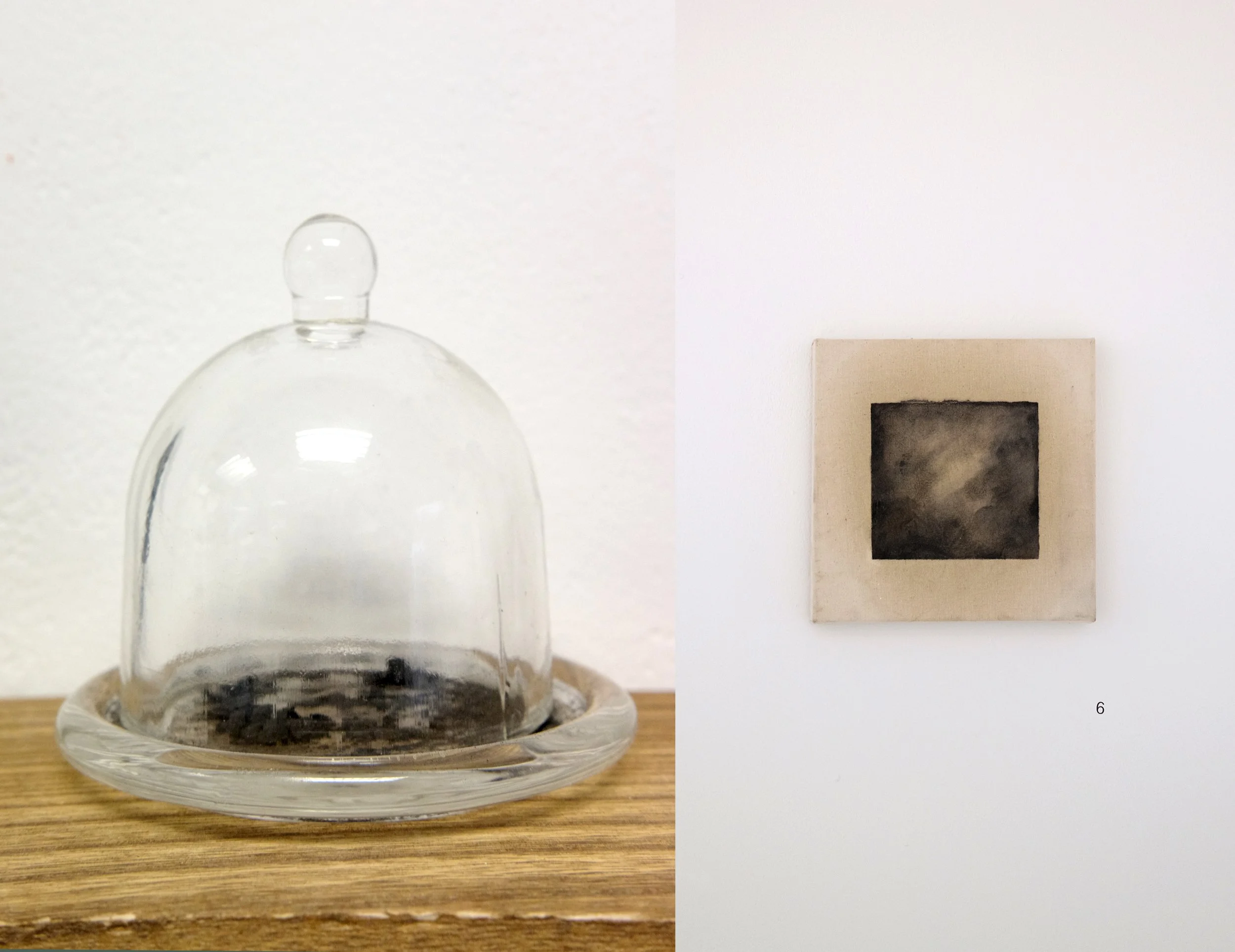

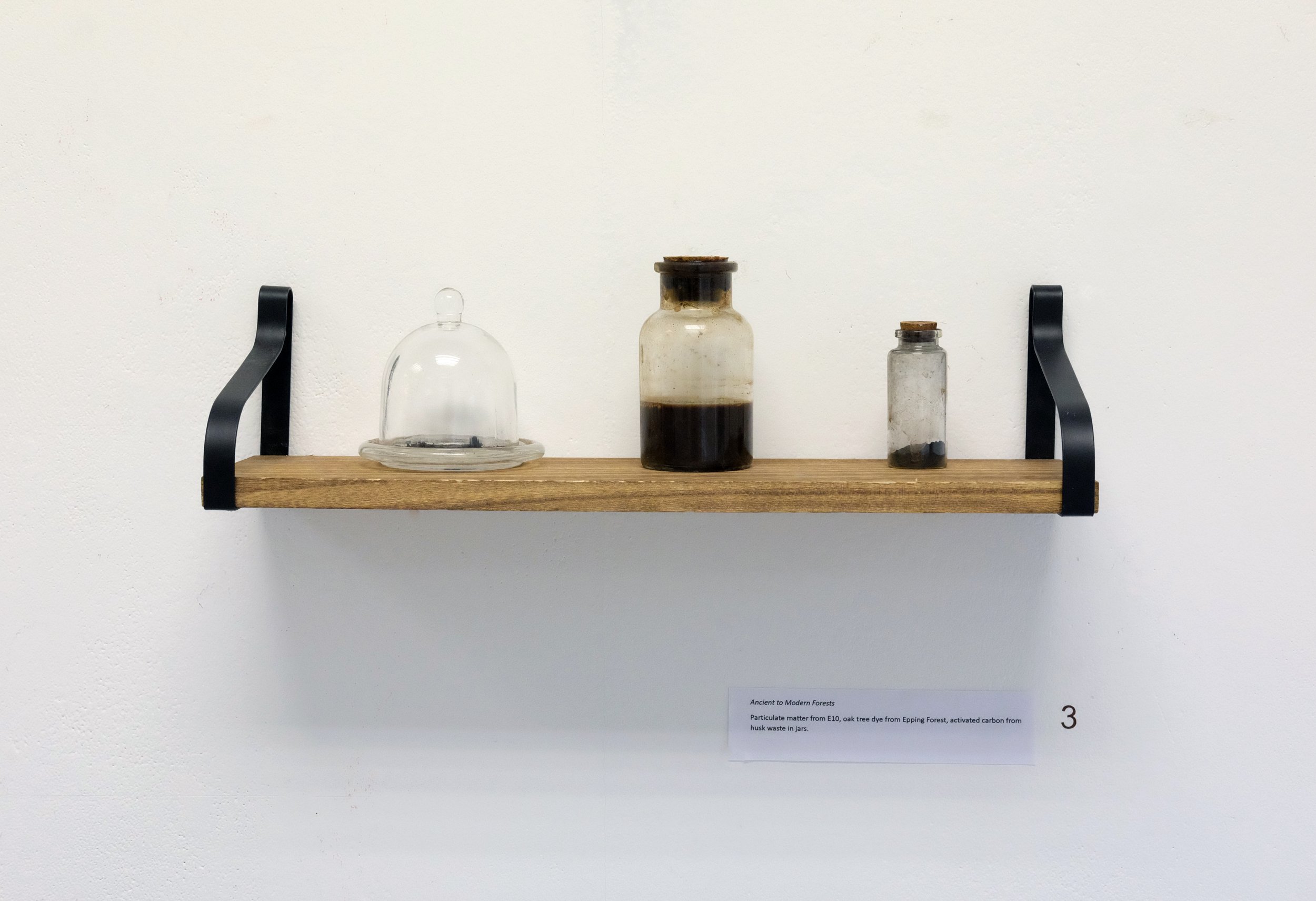


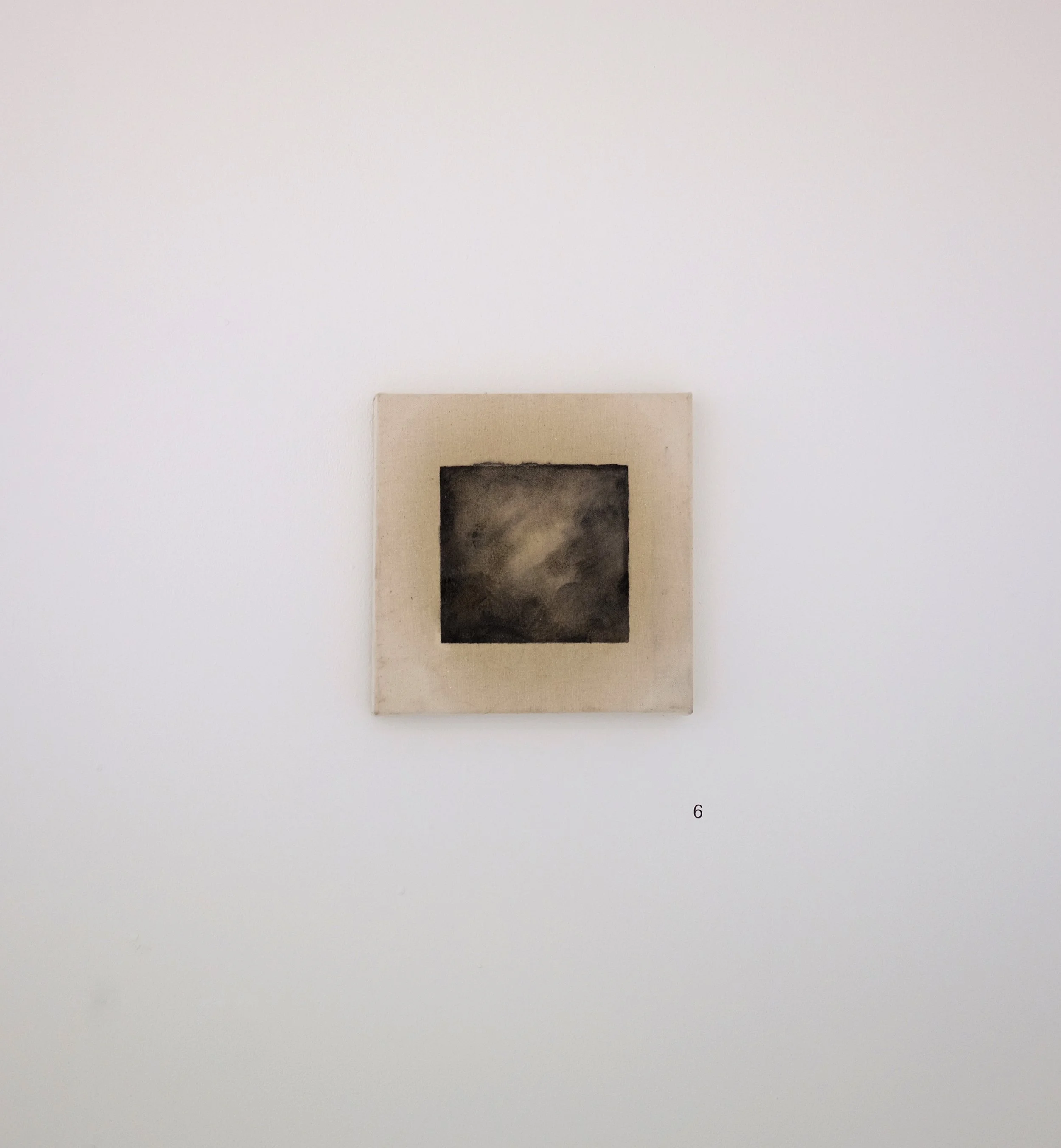

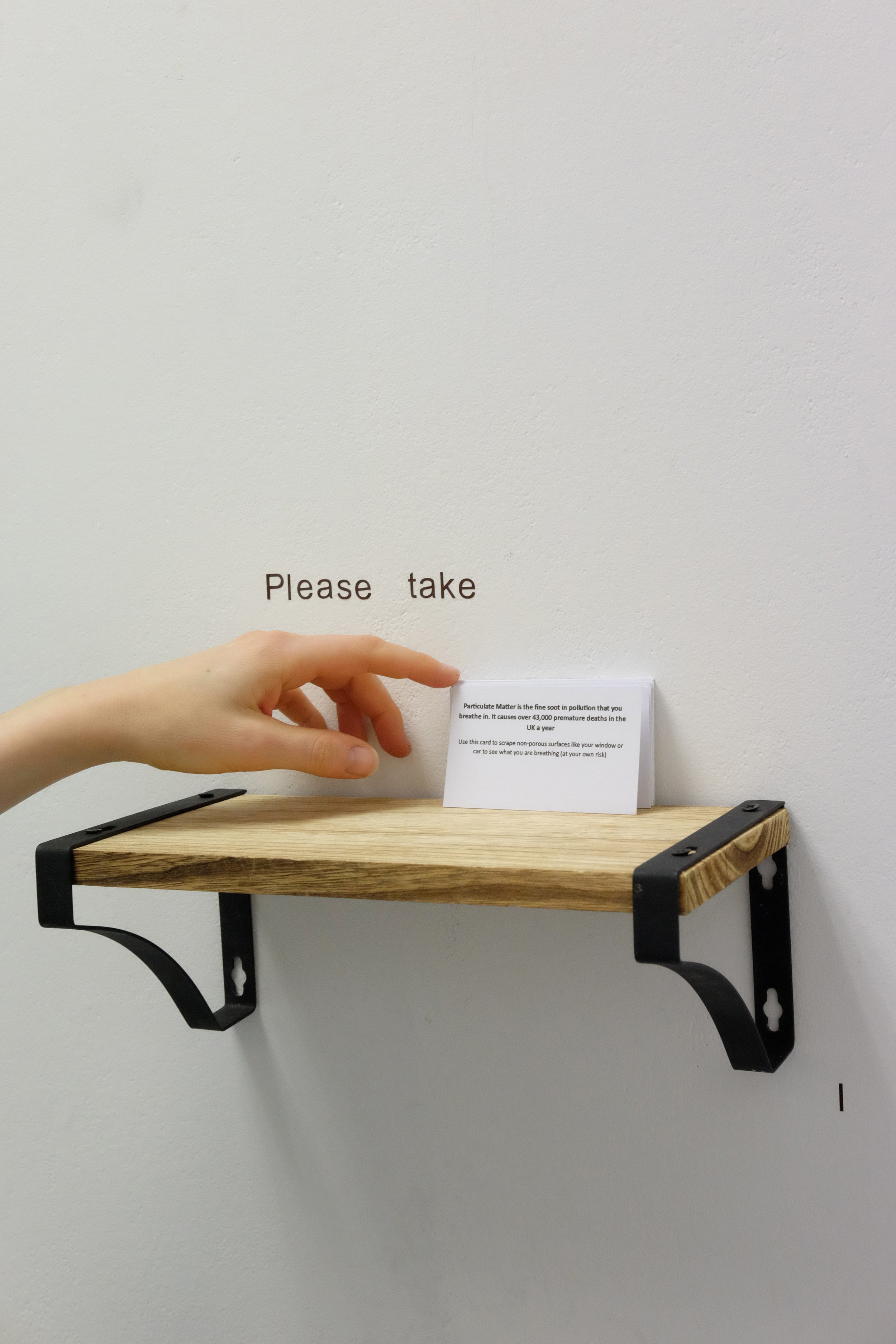

Please get in touch & follow this research if you are interested.
All works are for sale and a donation will go to the Ella Roberta Foundation who are doing incredible work targeting air pollution.
